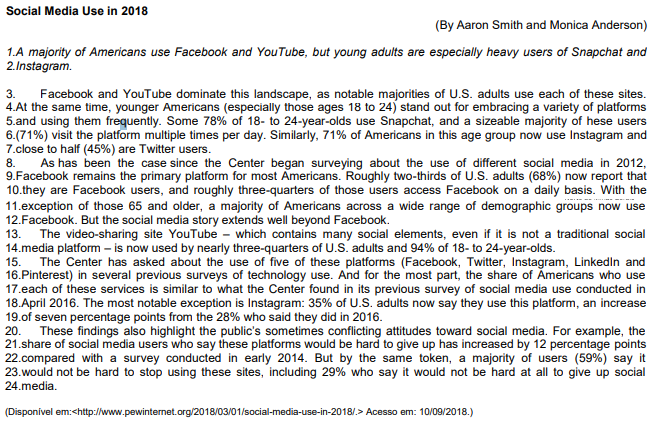Brazil plowed billions of dollars into building a
railroad across arid backlands, only for the longdelayed project to fall prey to metal scavengers.
Curvaceous new public buildings designed by the
famed architect Oscar Niemeyer were abandoned
right after being constructed. There was even an illfated U.F.O. museum built with federal funds. Its
skeletal remains now sit like a lost ship among the
weeds.
As Brazil sprints to get ready for the World
Cup in June, it has run up against a catalog of
delays, some caused by deadly construction
accidents at stadiums, and cost overruns. It is
building bus and rail systems for spectators that will
not be finished until long after the games are done.
But the World Cup projects are just a part of a
bigger national problem casting a pall over Brazil’s
grand ambitions: an array of lavish projects
conceived when economic growth was surging that
now stand abandoned, stalled or wildly over budget.
Some economists say the troubled projects
reveal a crippling bureaucracy, irresponsible
allocation of resources and bastions of corruption.
Huge street protests have been aimed at
costly new stadiums being built in cities like Manaus
and Brasília, whose paltry fan bases are almost sure
to leave a sea of empty seats after the World Cup
events are finished, adding to concerns that even
more white elephants will emerge from the
tournament.
“The fiascos are multiplying, revealing
disarray that is regrettably systemic,” said Gil
Castello Branco, director of Contas Abertas, a
Brazilian watchdog group that scrutinizes public
budgets. “We’re waking up to the reality that
immense resources have been wasted on
extravagant projects when our public schools are
still a mess and raw sewage is still in our streets.”
The growing list of troubled development
projects includes a $3.4 billion network of concrete
canals in the drought-plagued hinterland of
northeast Brazil — which was supposed to be
finished in 2010 — as well as dozens of new wind
farms idled by a lack of transmission lines and
unfinished luxury hotels blighting Rio de Janeiro’s
skyline.
Economists surveyed by the nation’s central
bank see Brazil’s economy growing just 1.63 percent
this year, down from 7.5 percent in 2010, making
2014 the fourth straight year of slow growth.
President Dilma Rousseff’s supporters contend
that the public spending has worked, helping to keep
unemployment at historical lows and preventing
what would have been a much worse economic
slowdown had the government not pumped its
considerable resources into infrastructure
development.
Still, a growing chorus of critics argues that
the inability to finish big infrastructure projects
reveals weaknesses in Brazil’s model of state capitalism. First, they say, Brazil gives
extraordinary influence to a web of state-controlled
companies, banks and pension funds to invest in
ill-advised projects. Then other bastions of the
vast public bureaucracy cripple projects with audits
and lawsuits.
“Some ventures never deserved public
money in the first place,” said Sérgio Lazzarini, an
economist at Insper, a São Paulo business school,
pointing to the millions in state financing for the
overhaul of the Glória hotel in Rio, owned until
recently by a mining tycoon, Eike Batista. The
project was left unfinished, unable to open for the
World Cup, when Mr. Batista’s business empire
crumbled last year. “For infrastructure projects
which deserve state support and get it,” Mr.
Lazzarini continued, “there’s the daunting task of
dealing with the risks that the state itself creates.”
The Transnordestina, a railroad begun in
2006 here in northeast Brazil, illustrates some of
the pitfalls plaguing projects big and small.
Scheduled to be finished in 2010 at a cost of about
$1.8 billion, the railroad, designed to stretch more
than 1,000 miles, is now expected to cost at least
$3.2 billion, with most financing from state banks.
Officials say it should be completed around 2016.
But with work sites abandoned because of audits
and other setbacks months ago in and around
Paulistana, a town in Piauí, one of Brazil’s poorest
states, even that timeline seems optimistic. Long
stretches where freight trains were already
supposed to be running stand deserted. Wiry
vaqueiros, or cowboys, herd cattle in the shadow
of ghostly railroad bridges that tower 150 feet
above parched valleys. “Thieves are pillaging metal
from the work sites,” said Adailton Vieira da Silva,
42, an electrician who labored with thousands of
others before work halted last year. “Now there
are just these bridges left in the middle of
nowhere.”
Brazil’s transportation minister, César
Borges, expressed exasperation with the delays in
finishing the railroad, which is needed to transport
soybean harvests to port. He listed the
bureaucracies that delay projects like the
Transnordestina: the Federal Court of Accounts;
the Office of the Comptroller General; an
environmental protection agency; an institute
protecting archaeological patrimony; agencies
protecting the rights of indigenous peoples and
descendants of escaped slaves; and the Public
Ministry, a body of independent prosecutors. Still,
Mr. Borges insisted, “Projects get delayed in
countries around the world, not just Brazil.”
Some economists contend that the way
Brazil is investing may be hampering growth
instead of supporting it. The authorities
encouraged energy companies to build wind farms,
but dozens cannot operate because they lack
transmission lines to connect to the electricity grid.
Meanwhile, manufacturers worry over potential
electricity rationing as reservoirs at hydroelectric
dams run dry amid a drought.
Then there is the extraterrestrial museum in
Varginha, a city in southeast Brazil where residents claimed to have seen an alien in 1996. Officials
secured federal money to build the museum, but
now all that remains of the unfinished project is the
rusting carcass of what looks like a flying saucer.
“That museum,” said Roberto Macedo, an economist
at the University of São Paulo, “is an insult to both
extraterrestrials and the terrestrial beings like
ourselves who foot the bill for yet another project
failing to deliver.”
Adapted from www.nytimes.com/April 12, 2014.




